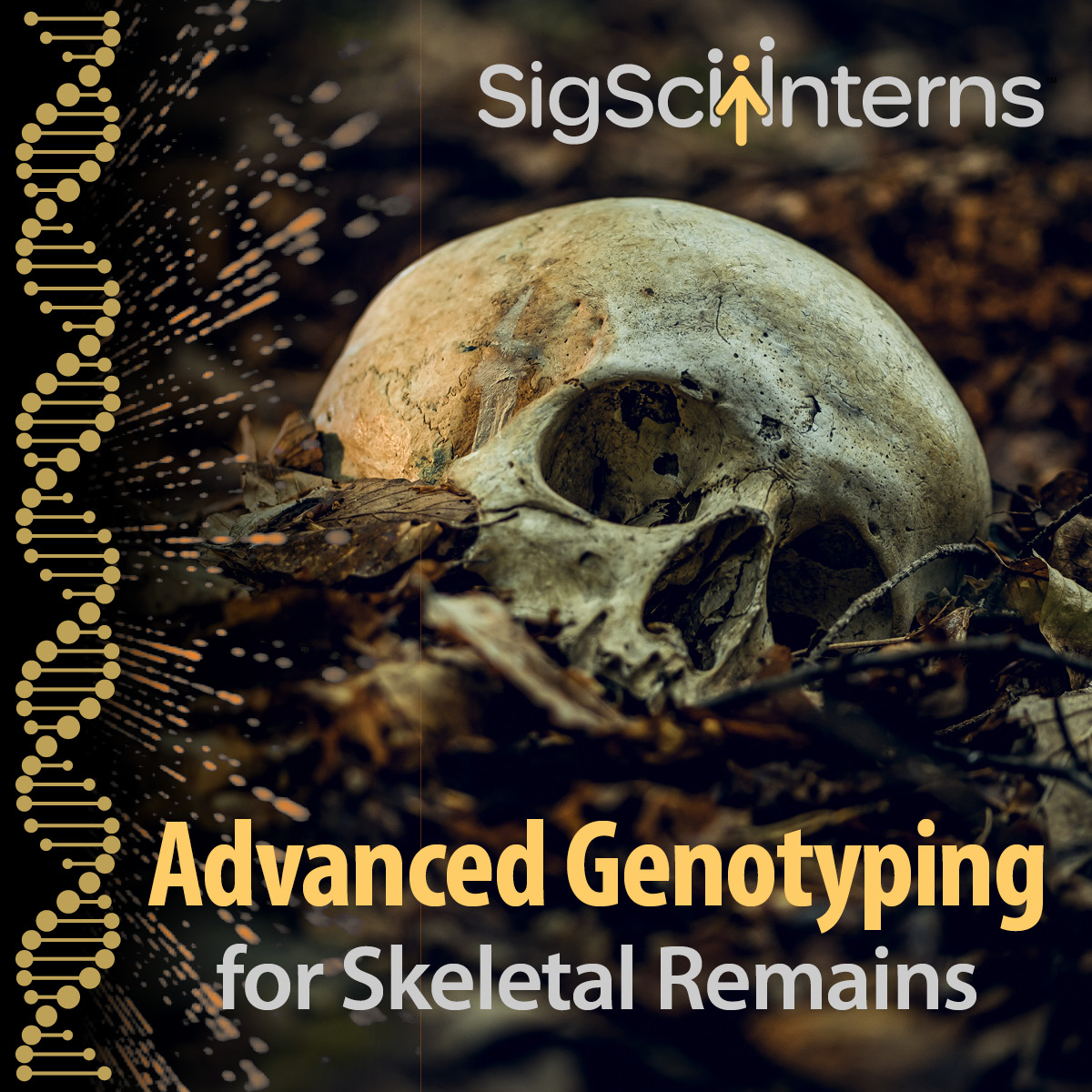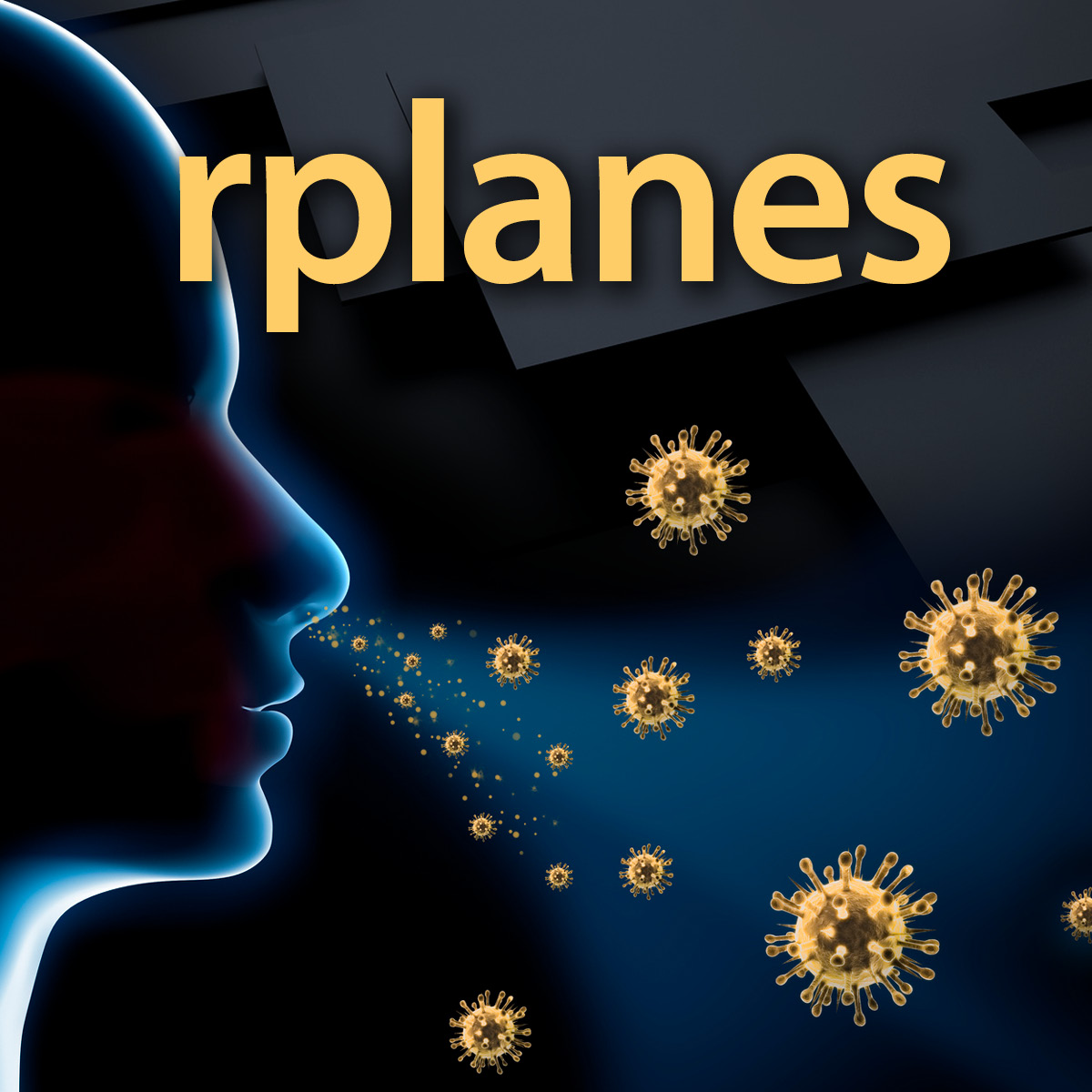
An Investigation of Downstream Processing Methods for Challenging Skeletal Samples
Abstract: While skeletal remains are known for their resilience and often serve as the final source of information for unidentified human remains (UHRs), the traditional downstream processing of these samples is challenging due to their low template nature, DNA degradation, and the presence of PCR inhibitors, typically resulting in limited... MORE







